Hockey is a fast-paced and exhilarating sport, but it also carries inherent risks, especially when emotions run high on the ice.
One of the critical aspects of maintaining player safety and the integrity of the game is the enforcement of penalties, and among them, the spearing penalty stands out as a deterrent against dangerous actions.
In this blog post, we’ll delve into the world of the spearing penalty in hockey, exploring what it entails, its historical evolution, and crucial tips for preventing such violations on the ice.
The spearing penalty is not only for players and coaches but for all hockey enthusiasts who want to appreciate the sport while emphasizing safety and fair play.
So, let’s lace up our skates and embark on a journey to grasp the significance of this penalty in the world of hockey. Stay focused.
What Is Spearing Penalty in Hockey?
In hockey, a spearing penalty is a disciplinary action called by the referees when a player uses their stick to jab or thrust it into an opponent’s body, typically targeting the midsection or lower regions, such as the abdomen or groin.
This action is dangerous and against the rules of the game, as it can lead to serious injuries.
Spearing is considered a major penalty and usually results in the offending player being ejected from the game for a set period, often five minutes in the penalty box.
Additionally, the opposing team receives a power play, giving them an advantage with one extra skater on the ice for the duration of the penalty.
The severity of the punishment underscores the importance of promoting fair play and player safety in hockey, discouraging actions that can cause harm to others on the ice.
When Do Players Get Spearing Penalty in Hockey?
Players receive a spearing penalty in hockey when they use their stick to jab or thrust it into an opponent’s body, particularly targeting sensitive areas such as the midsection or lower regions like the abdomen or groin.
This action is a violation of the rules and is considered dangerous and unsportsmanlike. Some common scenarios in which players might receive a spearing penalty include:
Deliberate Jabbing
When a player intentionally uses the blade or shaft of their stick to strike an opponent with force, aiming to injure or intimidate.
Retaliation
If a player responds to an opponent’s action with a retaliatory spear, it can result in a penalty for both players involved.
Aggressive Play Near the Net
In front of the opponent’s goal, players sometimes engage in physical battles, and spearing may occur if it’s deemed excessive or dangerous.
Provocation
Players who feel provoked or threatened by an opponent may react by spearing, but this is still a violation of the rules.
The severity of the penalty serves as a deterrent to discourage players from engaging in such dangerous actions during a hockey game.
Aftermath of Spearing Penalty in Hockey
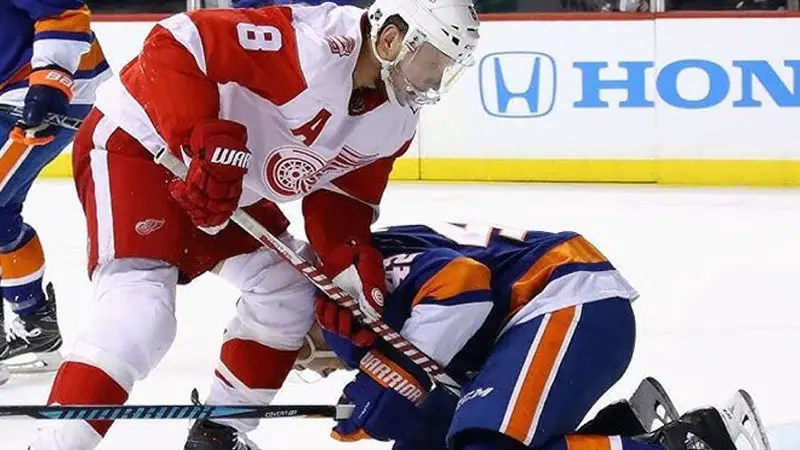
The aftermath of a spearing penalty in hockey involves several consequences for both the offending player and their team:
Penalty Box
The player who committed the spearing infraction is immediately sent to the penalty box and must serve a time-based penalty. In most cases, spearing results in a major penalty, which typically lasts for five minutes.
During this time, the offending team is short-handed, meaning they have one less player on the ice.
Power Play
The opposing team receives a power play advantage for the duration of the penalty. They have a numerical advantage, with one extra skater on the ice, creating an opportunity to score goals.
Risk of Ejection
Depending on the severity of the spearing incident, the player may face additional consequences.
Referees have the discretion to eject a player from the game if the spearing action was particularly dangerous or intentional.
Potential Discipline
In some cases, the league may review the spearing incident after the game and impose fines or suspensions on the offending player, especially if the act resulted in serious injury or was a repeat offense.
Team Disadvantage
Beyond the immediate consequences, the team that incurred the penalty is put at a disadvantage as they must defend against the opponent’s power play and often face increased pressure and scoring opportunities from the opposing team.
Impact on Momentum
A spearing penalty can disrupt a team’s momentum and potentially change the course of a game. It can shift the balance of power on the ice and impact the final outcome.
History And Evolution of the Spearing Penalty
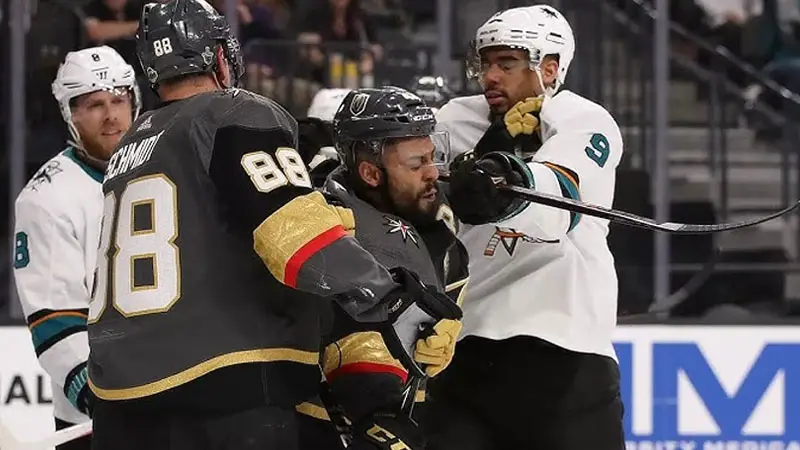
The history and evolution of the spearing penalty in hockey trace back to the sport’s early days, highlighting the sport’s commitment to player safety and fair play. Here’s a brief overview of its development:
Early Years
In the early years of ice hockey, there were fewer formal rules, and the game was more physical and less regulated. Spearing-like actions were often tolerated or went unpunished.
Emergence of Rules
As the sport gained popularity and leagues formed, there was a growing recognition of the need for rules to maintain order and protect players.
Penalties for various infractions, including spearing, began to be introduced.
Formal Rulebook
The National Hockey League (NHL) was founded in 1917 and established a formal rulebook.
This rulebook included penalties for spearing and other dangerous actions. The NHL’s rules set a precedent that was followed by other leagues and organizations.
Rule Refinements
Over the years, the rules surrounding spearing have been refined to specify the nature of the infraction, the penalties, and any potential additional discipline.
This evolution aimed to make the game safer and deter dangerous plays.
Player Safety
In recent decades, there has been a heightened focus on player safety in hockey. High-profile incidents of spearing resulting in injuries have led to stricter enforcement and more severe penalties for such actions.
Additionally, the NHL and other leagues have implemented rules and equipment changes to protect players.
Video Review
Advances in technology, such as video replay, have allowed referees and league officials to review spearing incidents more closely.
This has helped ensure that the appropriate penalties and potential suspensions are applied to maintain the integrity and safety of the game.
Education and Awareness
Hockey organizations have also focused on educating players about the dangers of spearing and promoting sportsmanship. This includes coaching initiatives and campaigns aimed at reducing dangerous on-ice behavior.
The spearing penalty in hockey has evolved from a less-regulated early era to a tightly defined and enforced rule in modern hockey.
How Referees Identify And Penalize Spearing Infractions
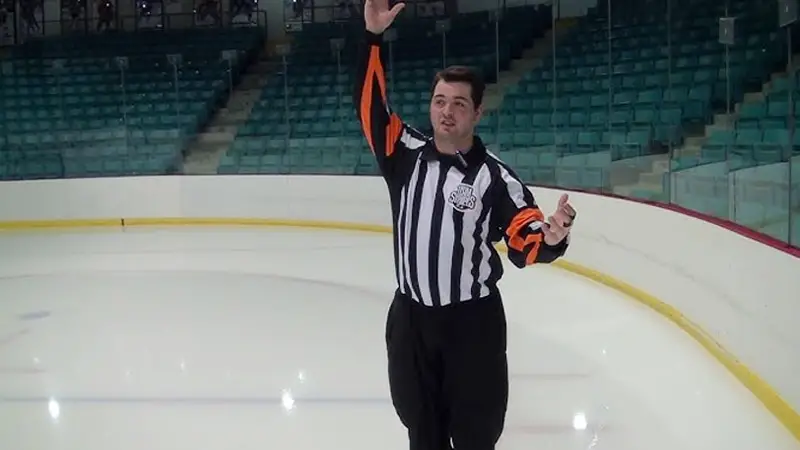
Referees in hockey use a combination of on-ice observation and video review, when available, to identify and penalize spearing infractions. Here’s how they typically go about this process:
On-Ice Observation
Direct Observation
Referees closely monitor the game and players, paying attention to any actions that involve the use of a player’s stick, especially in situations where contact with an opponent may occur.
Player Reactions
Referees often rely on the reactions of the players involved. If a player appears to be in pain, reacts negatively, or falls to the ice as a result of a potential spear, it raises the referee’s suspicion.
Witness Reports
Sometimes, players or officials on the ice may witness a spearing incident and bring it to the attention of the referees.
Video Review (if available)
In-Camera Review
Many professional leagues, including the NHL, have video cameras positioned around the rink for instant replay. Referees may use these video feeds to review an incident, especially if they missed it in real time.
Coach’s Challenge
In some cases, a coach can issue a coach’s challenge to contest a no-call on a spearing infraction. This prompts the referees to review the incident on video and decide.
Consultation
Referees may confer with other on-ice officials to gather additional perspectives and insights into an incident.
Steps to Penalize the Offending Player
Stop Play
The referee stops the game when they believe a spearing infraction has occurred.
Assess the Penalty
The referee assigns the appropriate penalty based on the severity of the infraction.
Spearing typically results in a major penalty, which means the offending player is sent to the penalty box for five minutes.
In some cases, a game misconduct penalty may also be assessed, resulting in ejection from the game.
Announce the Penalty
The referee announces the penalty to both teams and the spectators, indicating which player is being penalized and for what infraction.
Record the Penalty
The penalty is recorded by the official scorer and is added to the player’s penalty minutes.
Enforce Power Play
The opposing team goes on a power play, enjoying a numerical advantage with one extra skater on the ice for the duration of the penalty.
Review for Additional Discipline
Depending on the league and the severity of the spearing incident, the league’s disciplinary committee may review the play and decide if additional fines or suspensions are warranted.
Tips to Prevent Spearing in Hockey
Preventing spearing in hockey is essential for player safety and maintaining the integrity of the game. Coaches, players, and officials can take various measures to reduce the occurrence of spearing incidents:
Education and Awareness
- Coaches should educate their players about the dangers of spearing and emphasize sportsmanship.
- Promote respect for opponents and the importance of fair play within the team culture.
Proper Stick Handling
- Teach players proper stick-handling techniques, emphasizing control and precision.
- Encourage players to keep their sticks on the ice when attempting to control the puck or make plays.
Discipline and Self-Control
- Train players to manage their emotions and frustrations on the ice, reducing the likelihood of retaliatory actions.
- Emphasize the importance of staying composed and focused on the game.
Fair Play Rules
- Ensure players are familiar with the rules of the game, including penalties for spearing.
- Discuss the consequences of spearing, such as penalties, ejections, and potential suspensions.
Referee Respect
- Encourage players to respect the decisions and authority of referees, even if they disagree with a call.
- Remind players that arguing with officials can lead to additional penalties.
Safety Equipment
- Ensure all players wear properly fitted protective equipment, including cups and padded clothing.
- Well-fitted equipment can reduce the risk of injury in case of spearing.
Coaching Emphasis
- Coaches should set a positive example by emphasizing clean, safe play during practices and games.
- Address any incidents of spearing promptly and take appropriate disciplinary actions within the team.
Support from Officials
- Encourage referees to be vigilant in enforcing penalties for spearing infractions.
- Officiating consistency can deter players from engaging in dangerous actions.
Penalty Awareness
Ensure players understand that taking penalties like spearing not only hurts the team but also puts them at risk of league discipline, fines, and suspensions.
Post-Game Review
Coaches and players should review game footage to analyze and learn from incidents, including spearing, to prevent future occurrences.
Community and League Initiatives
Support and participate in league or community initiatives that promote sportsmanship, respect, and fair play in hockey.
FAQs
What is a spearing penalty in hockey?
A spearing penalty in hockey is a rule violation where a player uses their stick to jab or thrust it into an opponent’s body, particularly targeting sensitive areas like the abdomen or groin.
It’s considered a major penalty, resulting in the offending player serving five minutes in the penalty box.
What are the consequences of a spearing penalty?
When a player receives a spearing penalty, they serve a five-minute penalty in the penalty box.
Their team is short-handed during this time, and the opposing team goes on a power play with an extra skater. Depending on the severity, the player may face ejection or additional discipline.
How do referees identify spearing infractions?
Referees identify spearing infractions through on-ice observation, player reactions, and video review when available.
They watch for stick actions that involve contact with opponents, especially in dangerous areas. Video replay and consultation with other officials aid in making accurate calls.
Can a spearing penalty result in suspension?
Yes, depending on the league and the severity of the spearing incident, a player may face suspension or additional fines.
The league’s disciplinary committee reviews such cases to determine if further disciplinary action is warranted beyond the in-game penalty.
How can players prevent spearing penalties?
Players can prevent spearing penalties by practicing good sportsmanship, controlling their emotions, and focusing on proper stick-handling techniques.
Coaches should educate players about the consequences of spearing, and officials must enforce penalties consistently to deter dangerous plays.
Wrapping Up
In the world of hockey, where passion and competitiveness collide, the spearing penalty serves as a crucial safeguard, ensuring that the game remains not just thrilling but safe for all participants.
This blog post has shed light on the essence of the spearing penalty, its historical evolution, the methods referees employ to identify infractions, and valuable tips for preventing such incidents.
As players, coaches, officials, and fans, it is our collective responsibility to promote respect, sportsmanship, and adherence to the rules of the game.
By understanding and respecting the significance of the spearing penalty, we contribute to the preservation of hockey’s essence while upholding its core values.
Let’s continue to enjoy the exciting world of hockey, always keeping in mind the importance of fair play and player safety on the ice. Best of luck.

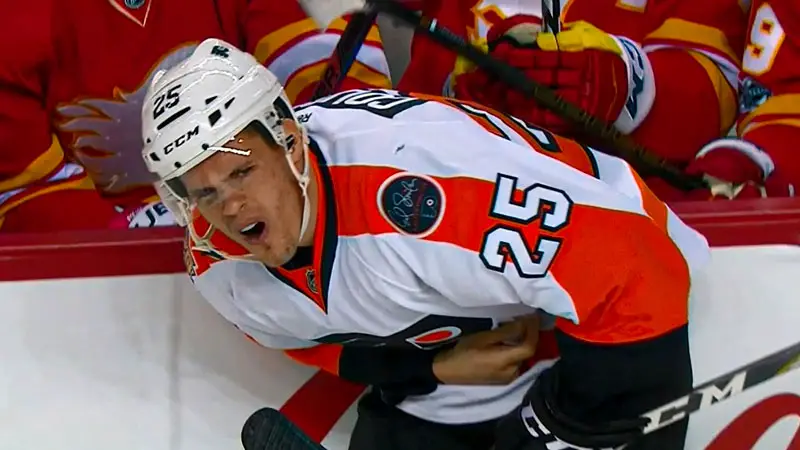


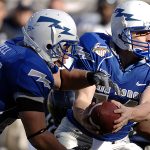

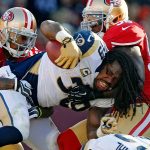

James Felix